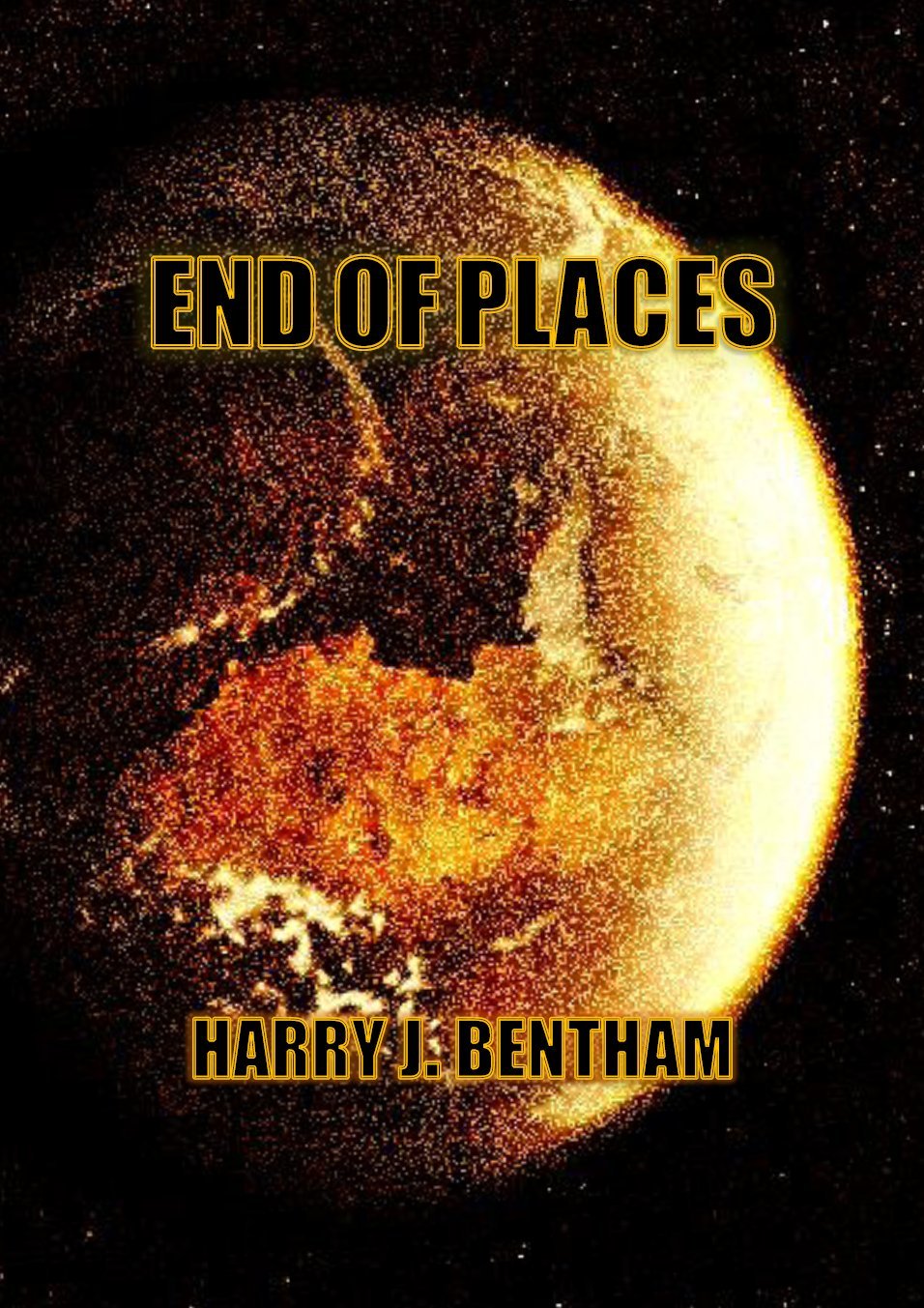Je n’ai rien vaillant; je dois beaucoup; je donne le reste aux pauvres.
I have nothing, owe a great deal, and the rest I leave to the poor.
François Rabelais
Once again, I’m writing a teleportation story. I’ve written at least one before, and I’m returning to explore this science fiction theme a little bit more.
In many ways, HG Wells’ The Time Machine could be credited as the first teleportation story, and the most excellent classic place to start when looking for ideas. Of course, The Time Machine didn’t really involve the machine changing space by exploiting the fabric of the universe, but transporting to another time is a very similar feature and often goes hand in hand with teleporting to another place in most sci-fi stories.
I’m sure Wells’ account included the description “like a suicide holding a revolver to his head”, or words to that effect. To cut a long story short, the Victorian inventor has created a machine capable of travelling through time, but he has no idea what will happen to him when he attempts to use it. Ever dedicated to science, the traveller embraces the unknown and goes ahead anyway, thus being propelled into the familiar adventure populated by the villainous Morlocks and innocent Eloi featured in that epic story. I used a very similar premise, with an explorer who cares less for his life than his curiosity about the universe, for “Journey into the Machine” and other stories.
Inspired by Wells, I wrote my first teleportation story under the title “End of Places”, published at Science Fiction Review and also in my story collection End of Places, available through Amazon. That story depicted the use of “folder gates”, a technology through which commuters are capable of travelling without moving (something Frank Herbert called the Holtzmann Effect in the sublime Dune novels). An unexplained surge of power makes the main character’s gate send him to the wrong coordinates in another Galaxy, rather than to his work station on the Moon. In the other Galaxy, he encounters elf-like creatures who periodically transform into deadly monsters as part of their lifecycle, and these intermittent rages are tied to the appearance of gravitational anomalies on their planet. Eventually, the character takes his chances using one of the anomalies to get back to Earth, and appears back through one of the decommissioned folder-gates in a warehouse on Earth. He surmises that the devices were abandoned, due to the accident and the cosmic turbulence that can offset their coordinates so catastrophically.
The history of so-called teleportation officially (according to Wikipedia, that is) started later than HG Wells’ book, when it apparently started out as a reported “Fortean” phenomenon: a bizarre occurrence explained via pseudoscience. It was believed by said pseudoscientists to be a natural phenomenon, which made objects disappear and reappear in different locations. A modern version of it could be the mini wormhole theory, which holds that strangely and inexplicably moved items (like your sock which went missing the other day) are explained by the appearance of tiny, random wormholes moving objects short distances in the space-time continuum. In weirder stories, it may involve a car being discovered up a tree, like in Jurassic Park, only without a Tyrannosaur involved.
Star Trek possibly debuted the first mechanical teleporters in the full science fiction sense that we all know and love, but the makers of Trek weren’t interested in whether it might be scientifically valid or not. The transporter mechanism reportedly breaks down matter into energy, “beams” it, and then reassembles it back into matter again. This idea seems to have been based loosely on discoveries in atomic physics reported in those days, but that wasn’t the reason Star Trek introduced the transporters. The real reason was far more prosaic: the makers of Star Trek lacked the funding and special effects to keep filming the landing and dust-off of the giant star-ship Enterprise. They had originally envisaged Enterprise’s adventures as a kind of continuation of what had started in the popular pre-Trek movie Forbidden Planet – which had a truly impressive (even by modern standards) landing sequence for the saucer featured in the film when it touches down on the titular planet Altair IV.
More recently, in quantum teleportation experiments, physicists have actually been able to teleport things at the quantum level. That is, they are able to teleport a subatomic particle or two. This is nowhere near, in fact it is billions of times technologically inferior to, the act of actually teleporting an object.
Will humanity eventually be able to teleport an object, for example an apple, or an inert piece of metal? Maybe, but to send their own bodies through such a device might be a bad idea even then. It would challenge almost everything humans believe about themselves and their existence. Such technology would change the very nature of our existence, and make almost anything possible. The Star Trek offshoot series Voyager came close to exploring this facet, when one character pursues a theory to “rematerialize” the disintegrated dead after a war using the transporter. The Next Generation also nearly touched on it in an episode where Captain Picard and others are reverted to their youth using the transporter, yet none of the characters considers deliberately recreating the malfunction as a way of reversing human ageing. These series also probe the idea of using teleportation for medical intervention such as pregnancy complications, but never consider using the same technology to heal mortal wounds by using the character’s healthy “molecular pattern” in the ship’s transporter logs to restore them to life.
Interestingly, it may be possible to achieve the same philosophical results as teleportation using something lower tech, for example APM (atomically precise manufacturing), which could in theory dismantle objects at the atomic level and then reassemble them elsewhere. If it can do something as difficult as that, it may also be able to bring people and things back from the dead, provided that an atomically precise record of the object’s previous form exists. However, by being able to do that, these machines would also be able to create identical copies of us, complete with all the same memories and totally convinced that they are us, and with an equally legitimate claim to our identities.
My new teleportation story will be part of my Search Beyond series of space adventures that you can already find listed at Amazon, and will introduce an interesting new idea to the teleportation concept:
Only two beings in the entire universe have ever been teleported, and they have made it their mission to police and control all further teleportation in the universe. All teleported objects must pass through their station, which is in a state of suspended or “phased” teleportation outside space-time, and they won’t allow anything to continue without first being judged by them. When the third being ever to teleport appears before them – a human – they are determined to recruit him into their collective.
You can catch this story by watching out for future releases in the Search Beyond series. Just type “Search Beyond series” and hit the search button at Amazon to find all the latest titles in the series.



